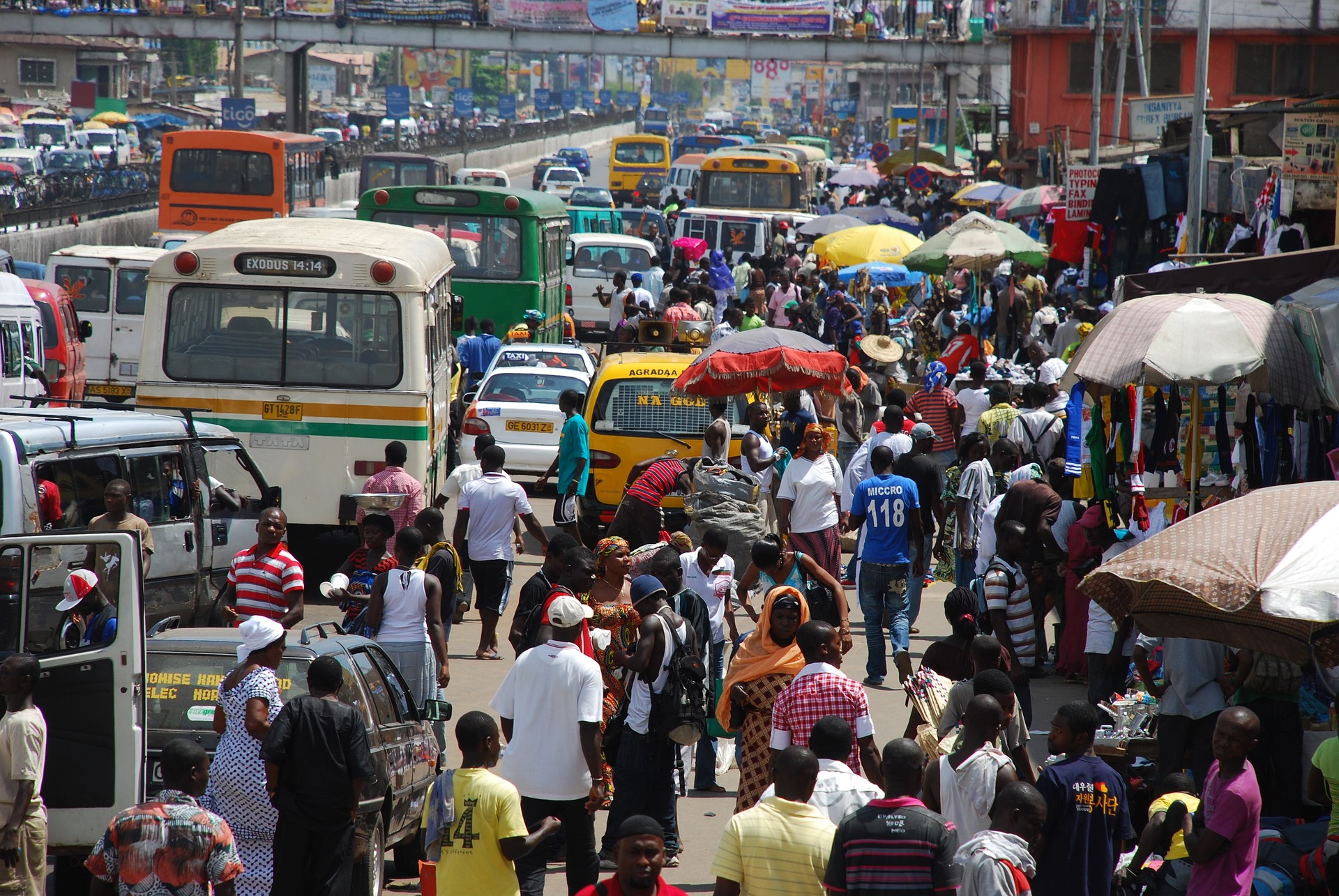Improving traffic safety with intelligent transportation systems
Hannah Diorio-Toth
May 30, 2023
According to the World Health Organization (WHO), Africa has the worst rate of traffic fatalities in the world at 26.6 deaths per 100,000 people—significantly higher than the global average. Unfortunately, Rwanda — where Carnegie Mellon University Africa is located — has an even higher rate of fatalities than the continent average at 29.7 deaths per 100,000 people. With pedestrians, motorbikes, bicycles, cars, and buses all sharing streets that are often narrow, winding, and overcrowded, road travelers can become very vulnerable to crashes. And, cyclists and pedestrians (many of whom are children) account for a significant portion of the deaths.
Researchers at CMU-Africa and CMU-Pittsburgh, including Associate Teaching Professor Ahmed Biyabani, Assistant Teaching Professor Emmanuel Ndashimye, and Professor of Electrical and Computer Engineering Ozan Tonguz, are working to improve traffic safety in Africa through the use of intelligent transportation systems (ITS). These systems include smart reporting mechanisms and vehicle-to-vehicle communications designed to make traveling on the road safer and more efficient.

Researchers at CMU-Africa and CMU-Pittsburgh are working to improve traffic safety in Africa through the use of intelligent transportation systems.
With the help of an initial planning grant from the African Engineering and Technology Network (Afretec), the researchers reached out to various government agencies, commercial companies, NGOs and universities to organize a workshop in order to assess the traffic safety challenges and propose solutions with a focus on Rwanda and other African countries. Biyabani says that the workshop was a success, especially the roundtable discussions on topics such as the economic impact of ITS and the necessary policy changes for implementing intelligent transportation solutions. The findings are to be published as a white paper.
“One of the important parts of our research is understanding what ordinary people—citizens and road users— think of the safety problems that they see,” says Biyabani. He recalls talking to a taxi driver in Kigali about the driver’s opinion on the equitable application of regulations on the road. This conversation stuck with Biyabani because the driver was eager to discuss the topic and express his hope that better, more transparent systems could not just improve safety but enhance acceptance by the public.
“Implementing Intelligent transportation systems can have practical and very positive long-term impacts including improved quality of life for citizens and also economic growth,” says Biyabani.
The research team has decided on two main directions for moving forward with this work: implementing safety features based on vehicle-to-vehicle communications, and building better models of traffic patterns using techniques from urban computing. The latter revolves around understanding traffic patterns and identifying locations that would benefit from a focused application of deployed ITS as well as allocation of public resources for better urban planning and smart cities.
At the time of writing, the German development agency GIZ and Volkswagen-Rwanda have agreed to partner with CMU-Africa to launch a mobility lab to support related research.
“We have our sights set on continuing this research and focusing our efforts on addressing UN Sustainable Development Goal #3 (good health and well-being) and #11 (sustainable cities and communities),” says Biyabani. “For us, this research is a labor of love. We hope to get traction in traffic research in Africa and make transportation safer.”